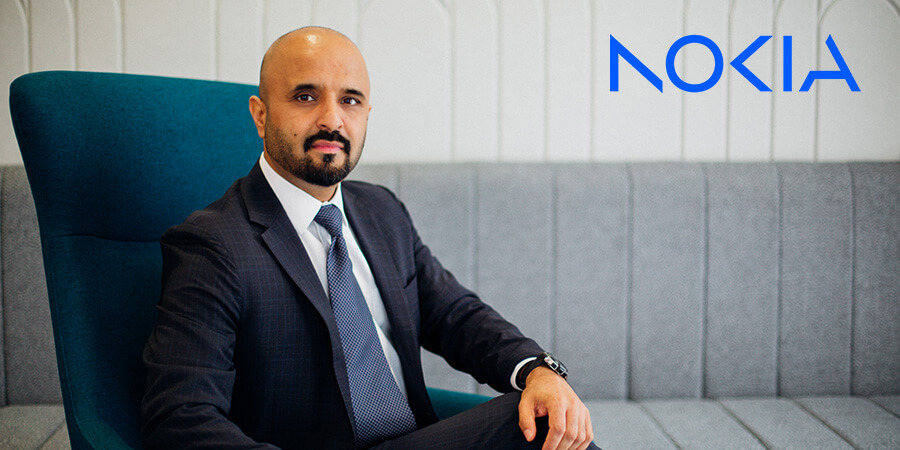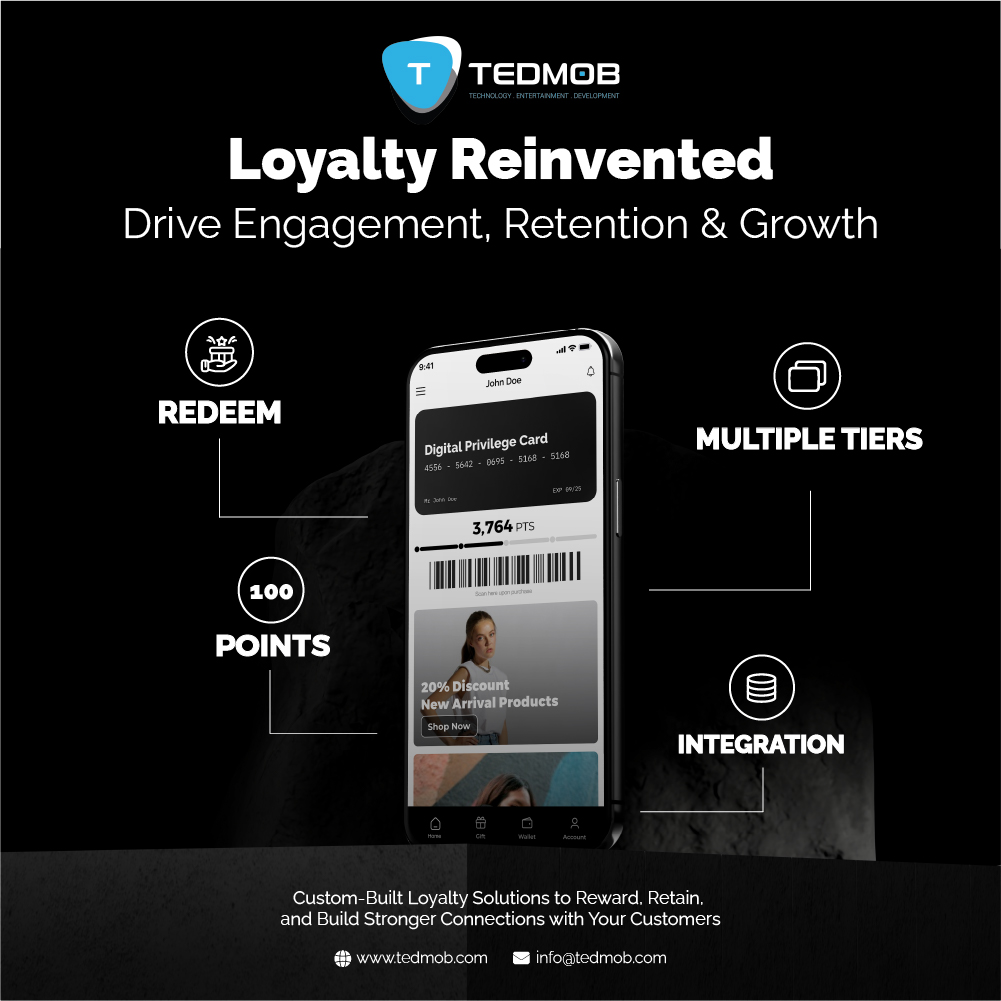By Rohit Chowdhary, Head of Advanced Consulting Services, Europe-MEA, Nokia
As we go further into 2025, the buzz around autonomous networks (AN) is getting bigger, louder, and more relevant for the telecom industry. While the concept itself isn’t new, the level of commitment and momentum from communication service providers (CSPs) signals a turning point.
Over the past decade, CSPs have invested in cloud, automation, and artificial intelligence (AI) to achieve autonomy in their networks.
Now, CSPs—like Vodafone, T-Mobile, Verizon, MTN Group, Orange, and Telefónica—are doubling down on their strategies and targeting advanced automation levels to enhance efficiency, sustainability, and reliability.
So, what’s really driving the autonomous operations push? Is it just ambition? Or are there tangible and measurable benefits? If we look at research from STL Partners, they highlight an average annual benefit of USD 800 million for CSPs that embrace autonomous networks. This includes USD 300 million in capital expenditure (CapEx) savings, USD 350 million in operational expenditure (OpEx) reductions, and USD 144 million in revenue uplift. Notably, unlocking Levels 4 and 5 of the TM Forum’s Autonomous Network Maturity Model accounts for 30% of these gains. And I believe that this is a compelling reason to move beyond the early stages of automation.
AI + Automation: A Powerful Partnership
When it comes to autonomous operations, it is hard to ignore the importance of AI.
In fact, AI is in the spotlight today and it is impractical to separate automation and AI. Automation is truly driving operational efficiency, and when combined with AI, it forms the bedrock of autonomous networks. While AI excels at generating insights and enabling intelligent decision-making, automation powered by agentic AI ensures those insights translate into actionable, scalable processes.
By 2028, artificial intelligence for IT operations (AIOps) is projected to account for 26% of CSP automation spending, according to Appledore Research. One Tier 1 CSP in Europe, the Middle East, and Africa (EMEA) reported a 75% reduction in incidents after adopting AI-driven service assurance over the past decade.
However, the path to automation isn’t uniform. Factors like cloud maturity, existing automation levels, and AI expertise vary across CSPs. The key takeaway? AI and automation aren’t competing priorities; they are complementary tools that, when combined, set the stage for advancing automation maturity.
Cloud-Native Networks: The Unsung Heroes
Another aspect of autonomous network transformation is cloud-nativeness and the flexibility that it brings to architectural design. The backbone of autonomous network transformation, the modularity, and scalability of these architectures allows CSPs to innovate rapidly while optimizing costs.
Omdia estimates that CSPs are already investing USD 14.7 billion annually (or 4% of industry CapEx) in cloudifying network functions. Cloud-native networks offer unparalleled flexibility and resilience, enabling CSPs to scale services in real-time and adapt to shifting customer demands.
By embracing cloud-native architectures, CSPs are not just simplifying operations; they’re unlocking new avenues for innovation.
The Evolution from Automation to Autonomous Networks
Pulling all these aspects together—automation, AI, cloud nativeness—is needed to achieve fully autonomous networks. Several key enablers drive this transition:
- GenAI: Accelerates this journey with intelligent content generation, advanced observability, and decision-making based on diverse inputs.
- Intent Management: Simplifies capturing business needs and translating them into actions.
- Digital Twin-led Simulations: Reduces operational risk through predictive modelling.
At Nokia, the Athena Telco GenAI platform is a cutting-edge solution designed to streamline the deployment, management, and optimization of large language models (LLMs) in real-time. Leveraging advanced capabilities such as experiment tracking, model database management, and hallucination management, Athena ensures robust and efficient handling of LLMs across various applications.
Complemented by Nokia’s Advanced Consulting Services and AI governance framework, our Telco GenAI approach offers comprehensive support for data preparation, training, and inference on telco-specific data, enabling industries to harness the power of AI with greater accuracy and reliability.
Security: The Non-Negotiable Foundation
While the benefits of automation and AI are clear, it is crucial not to overlook the importance of a robust security framework; rather, security becomes even more critical. Furthermore, security can be a part of the autonomous network model, where it automates operations, but also secures them. Without a strong security foundation, the autonomous network vision fails. Autonomous networks require a zero-trust approach that includes encryption, authentication, and real-time threat detection. Every layer, from physical infrastructure to cloud resources and applications, must be designed with security in mind.
At Nokia, we embed security into every facet of our ‘Sense, Think, Act’ framework. Instead of reacting to threats, CSPs can transition to predictive security, where networks proactively identify and mitigate vulnerabilities. This shift is critical for building trust and resilience in a hyper-connected world. Security can’t be an afterthought; it must be a central part of the conversation as CSPs advance their automation journeys.
The Future of Autonomous Networks
The future of autonomous networks is driven by AI, machine learning (ML), and advanced automation, leading to fully self-managing, self-healing, and self-optimizing systems. These networks will require minimal human intervention, significantly reducing operational costs while improving reliability, efficiency, and scalability.
One major shift will be intent-based networking (IBN), where AI interprets business goals and autonomously configures the network to meet them. Real-time predictive analytics will further enhance network resilience, detecting and resolving issues before they impact users.
Security will also evolve, with AI-driven threat detection and zero-trust architectures ensuring networks can autonomously defend against cyber threats. Additionally, sustainability will be a key focus, with AI optimizing energy consumption, reducing carbon footprints, and enabling green networking.
As telecom operators, enterprises, and cloud providers accelerate digital transformation, autonomous networks will become the foundation of the hyper-connected world, delivering seamless, intelligent, and resilient connectivity across industries and everyday life.
Read More Nokia Exclusives:
2024: A Year of Innovation in Nokia’s Cloud & Network Services
Nokia: Building Future Wireless Networks in MEA
Nokia’s Blueprint for Seamless, Secure, and Scalable Digital Networks










